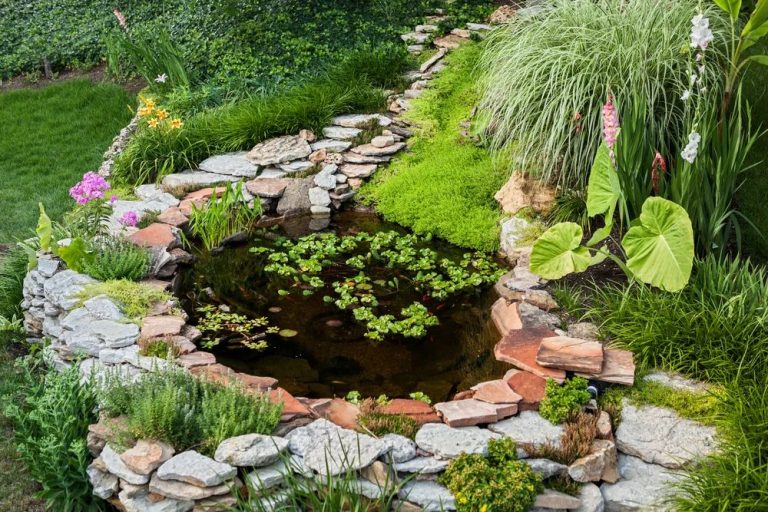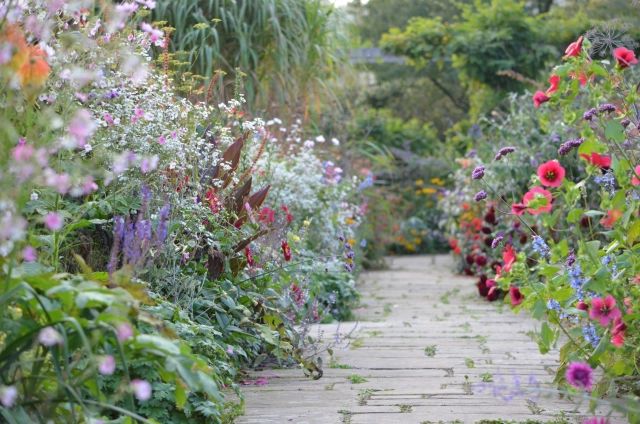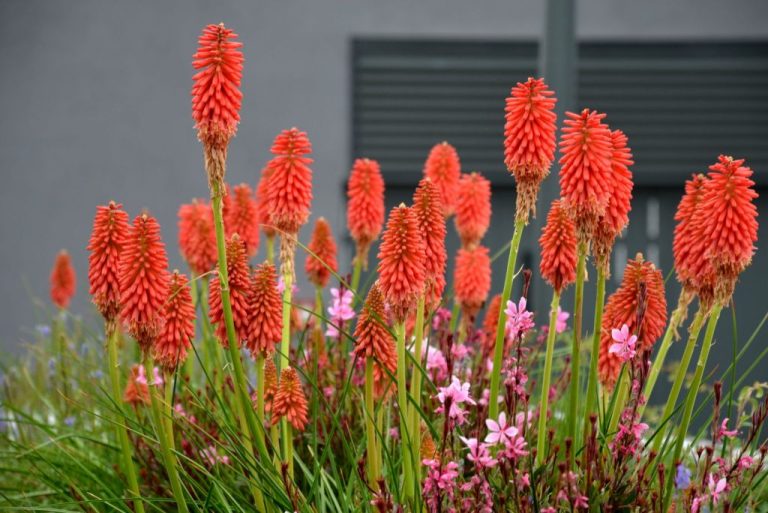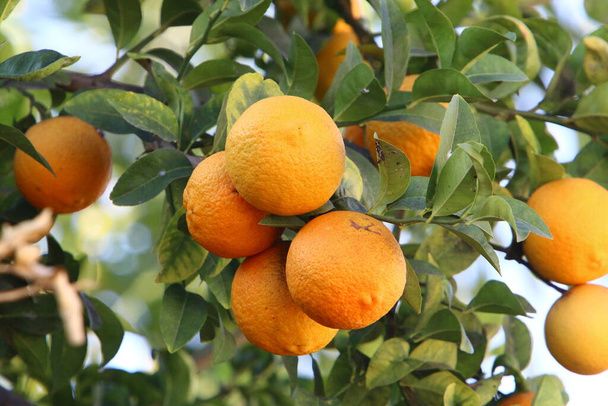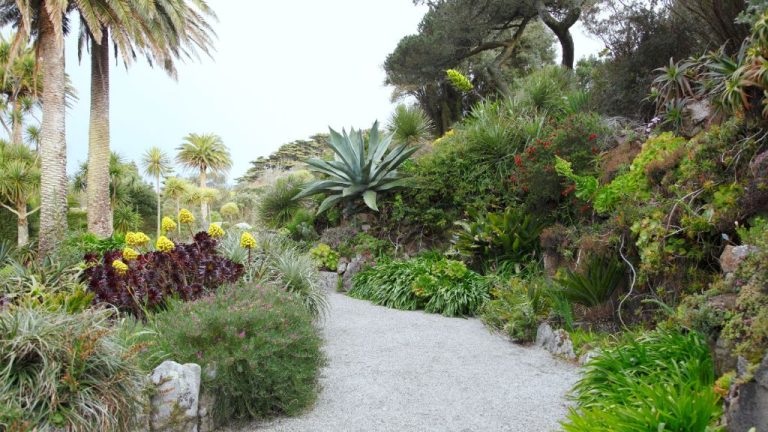Modern Garden Design Trends: Sleek And Stylish Outdoor Spaces
Modern garden design focuses on sleek, minimalist styles to create contemporary outdoor spaces. The goal is to have a clean, uncluttered look that highlights interesting textures, materials, and architectural elements. Unlike traditional landscape design, modern gardens embrace simplicity and functionality. There is less emphasis on ornate detailing. Instead, the focus is on seamless indoor-outdoor living, sustainability, and an overall aesthetic that feels relaxed yet put-together.
Some of the key characteristics of modern garden design include: monochrome color schemes, natural materials like stone and wood, architectural plants, emphasis on hardscaping, and the use of lighting and water features to add drama. This creates an oasis that feels inviting yet still connected to the architecture of the home. The garden becomes an extension of the indoor living space rather than feeling disconnected from it. Overall, modern garden design is about elegance through simplicity and unity between the house and garden.
Less is More
Simplicity and minimalism are key to modern garden design. The “less is more” aesthetic avoids clutter and focuses on clean lines and negative space. Contemporary minimalist gardens utilize just a few thoughtfully chosen plants, materials, and features. This creates a peaceful, meditative retreat and puts the focus on bringing nature into the space. Some elements of a minimalist garden design include:
- Sparse plantings – just one or two types of plants in a single color
- Hardscaping with clean lines – think concrete, stone, or gravel
- Limited furnishings and decor – a single bench or boulder instead of multiple seating areas
- Negative space to allow breathing room
- Asymmetry and geometric shapes
The minimalist look can be achieved even in small courtyard gardens by keeping things simple. Stick to a plant palette of 1-3 neutral tones and avoid clutter from too many varieties. Use hardscaping materials like gravel, stone or concrete to create clean lines instead of curvy beds. Focus on shape and texture rather than color. The result is a serene, uncluttered space perfect for relaxation.
Monochrome Style
Monochromatic color schemes are a sleek, sophisticated trend in modern garden design. Using a limited color palette or focusing on black and white elements creates a minimalist, cohesive look. Monochromatic gardens make use of a single color across all elements, like flowers, foliage, accessories, and furniture. Popular monochromatic colors for modern gardens include white, black, red, blue and green. Using a simple color scheme helps the texture and form of plants take center stage.
Black and white gardens are a striking option for a monochromatic color scheme. Combining black and white plants and accents creates bold contrast. Black foliaged plants like black mondo grass, black lilyturf and black sweet potato vine pair well with white flowering plants like gardenias, white impatiens and white petunias. White painted or natural wood furniture and accessories also pop against black plants. A modern monochromatic garden may also incorporate gray tones alongside black and white. Using charcoal planters, silver foliage accents and gray stone or gravel creates depth.
Keeping the color scheme restrained allows the dramatic shapes and forms of architectural plants and unique garden ornaments to stand out. Repetition of a single color creates visual harmony and a polished look. Monochromatic gardens are an elegant choice for contemporary landscapes.
Natural Materials
Natural materials like concrete, stone, gravel, and wood are extremely popular for creating an organic look in modern garden design. Using raw, unrefined materials gives the space a sense of simplicity and timelessness.
Concrete is one of the most versatile options. It can be poured into clean lines and geometric shapes or handcrafted into rough unfinished forms. Exposed aggregate concrete has an organic, stonelike texture. Paired with wood, it provides an industrial edge.
Local stone is an ideal choice for walls, pathways, edging, and accents. The rugged, asymmetric shapes and earthy tones blend seamlessly into the surroundings. Gravel offers a similar look in a budget-friendly loose material that is low maintenance. It’s perfect for filling gaps and covering ground as an organic mulch.
Wood brings warmth and natural beauty. Using unfinished lumber for fences, benches, raised beds, and retaining walls imparts a sense of harmony with nature. Allowing the wood to weather over time increases the organic aesthetic. Native woods like cedar and redwood are naturally rot-resistant.
Thoughtfully combining these raw materials creates an earthy, grounded look rooted in simplicity and functionality. Their imperfections and lack of manicured finishes let nature shine through. The resulting style feels peaceful, grounded and in tune with the environment (source).
Indoor-Outdoor Flow
One of the hottest trends in modern garden design is blurring the lines between indoor and outdoor spaces. Homeowners are opting for large windows, open floor plans, and minimized walls to create a seamless transition between the home and garden. According to an article on Houzz, “Porches, decks, patios, paths and terraces forge strong connections between these homes and the surrounding landscapes” (source).
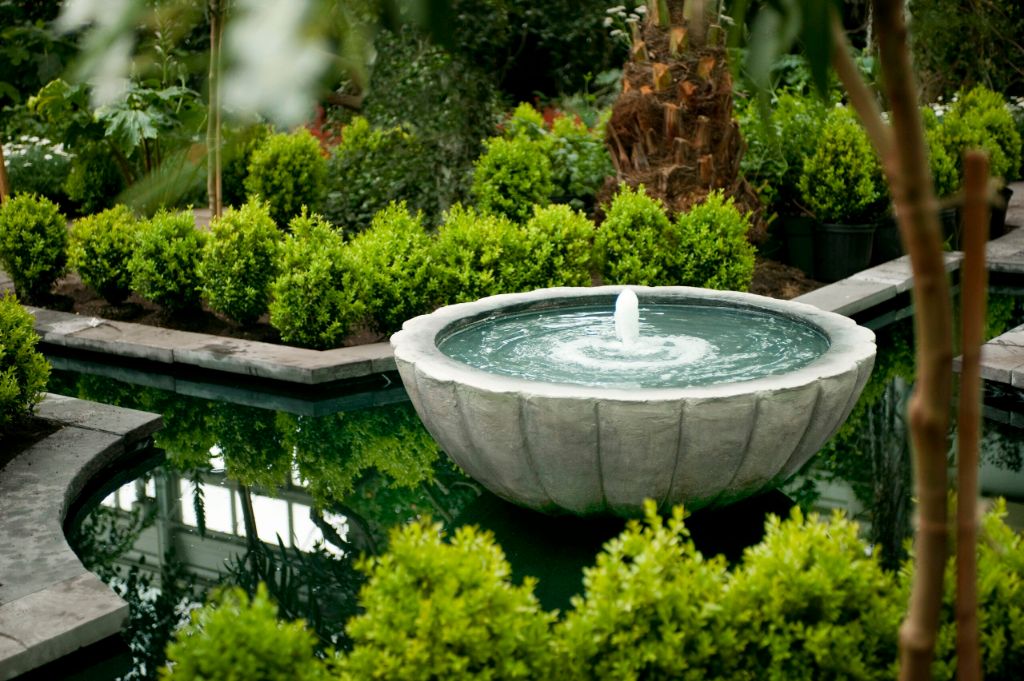
Design features like folding glass doors, outdoor kitchens, and cozy seating nooks help extend the indoor living space outside. Using the same materials, colors, and styles inside and out also creates a unified aesthetic. For example, if your home features wood beams and stone walls indoors, bring those elements outside as well. This blurred line between indoor and outdoor creates the feeling of being immersed in nature while still enjoying the comforts of home.
Lighting
Lighting plays an integral role in modern garden design, helping to create dramatic effects and ambience after the sun goes down. Carefully placed lighting can spotlight key features, illuminate pathways, and make the garden an inviting extension of the home even at night.
Spotlights aimed at trees, architectural elements, or artwork draw the eye to artistic accents in the landscape. Up-lighting placed discreetly under benches or steps creates a soft glow. String lights dangling overhead or wound through plantings add a twinkling, romantic mood. The latest outdoor lighting options include attractive low-voltage fixtures and LEDs that shine brightly but consume less energy.
By mixing various lighting types and positioning, modern designs can transform the garden into a unique outdoor living space full of atmosphere and interest after dark.
Water Features
Water features like fountains, ponds, and pools are very popular in modern garden designs. The soothing sounds and textures of moving water can create a relaxing oasis right in your own backyard. Sleek, modern water features are especially trendy.
Contemporary fountains often have simple, geometric shapes and are made from materials like stainless steel or cast stone. According to Unique Garden Decor, linear, modern fountains can provide a focal point and elevate your landscape design. Water features with clean lines blend seamlessly into minimalist, contemporary gardens.
Ponds and poolselongated rectangles or curved, organic shapes also reflect the modern aesthetic. Strategically placed lighting can illuminate the water at night for dramatic effect. Overall, the addition of water elements brings movement, sound, and visual interest to any outdoor living space.
Edible Gardens
Edible gardens are increasing in popularity as people aim to grow more of their own fresh fruits, vegetables, and herbs. Blending form and function, edible gardens allow you to grow delicious ingredients right outside your door while also contributing visually to the overall garden design.
Creative herb gardens and vegetable patches can provide beauty as well as sustenance. Rather than tucking edibles out of sight in a separate area, consider making them a focal point by using raised beds, trellises, and attractive containers. Choose a variety of leaf shapes and colors to create interest. Combine ornamentals with edibles by interplanting bright flowers and trailing greenery. This helps edibles blend seamlessly into flower beds and mixed borders.
Take inspiration from cottage garden style by letting edibles mingle casually with perennials. Or try a modern, geometric look by using clean lines and bold shapes. Incorporating fruits, vegetables, and herbs throughout your garden allows you to expand your palate as you enhance the landscape.
Sustainable Design
Sustainable garden design focuses on working with nature rather than against it. This involves using native plants suited to the local climate and soil conditions. Drought-tolerant landscaping is key, as it reduces the need for irrigation. According to the Homes & Gardens article “Sustainable garden ideas: 28 ways to an eco-friendly garden”, native plants “are hardy, adapted to local conditions and support wildlife” (https://www.homesandgardens.com/gardens/create-an-eco-friendly-garden-220348).
Other eco-friendly practices include rainwater harvesting, composting, avoiding pesticides, and making use of organic waste. As noted in the Gardenista article “Landscaping Ideas: 16 Simple Solutions for Sustainability”, composting yard clippings “reduces landfill waste and eliminates the need for chemical fertilizers” (https://www.gardenista.com/posts/hardscaping-101-guide-to-sustainable-landscape-design/).
By working in harmony with natural systems, sustainable garden design reduces maintenance needs while creating a healthy habitat for plants, animals and people.
Conclusion
In this article, we’ve explored some of the top modern garden design trends that are creating sleek, contemporary outdoor spaces. The minimalist style focuses on clean lines, neutrals, and sparse décor for a polished look. Using monochrome color schemes, concrete, stone, and other natural materials also contributes to a sleek modern aesthetic.
Designing for indoor-outdoor flow is essential, with large windows, glass doors, and outdoor living spaces that seamlessly connect the interior and exterior. Careful lighting choices like path lighting and hanging lanterns create a sophisticated ambiance for nighttime enjoyment. Water features like pools, fountains, and container ponds add soothing sounds and serene focal points.
Edible gardens allow you to grow fruits, vegetables, and herbs amidst ornamental plantings. And sustainable design elements like rainwater harvesting, drought-tolerant plants, and solar power aim to create an eco-friendly outdoor oasis.
To achieve a contemporary garden, focus on minimalist, streamlined elements and natural materials. Create cohesion through a neutral color palette and clean lines. And don’t neglect lighting and furnishings that allow you to utilize the space day and night.

